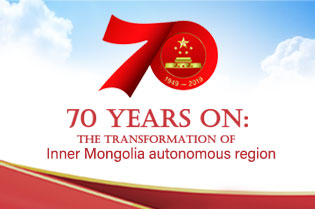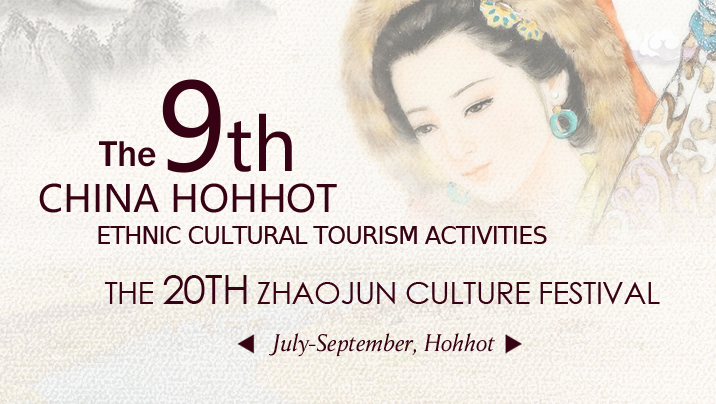Bayannur
Bayannur (in Mongolian it means abundant lakes as the region is famous for its numerous lakes and the freshwater lake Ulansuhai Nur). It is located in the western part of Inner Mongolia, lying between Hetao Plain and Urad grassland. The city covers an area of 64,000 square kilometers and its permanent population is 1.67 million, with 7 banners under its administration.
Bayannur is advantageous with agriculture and animal husbandry conditions. The Yellow River flows through the city, and Hetao irrigation area is Asia’s largest gravity irrigation area, which can irrigate 10 million mu (0.67 million hectares). All of these factors have made the area an important agricultural and livestock production and processing base in not just the autonomous region but the entire country. The city is known as the “Frontier Jiangnan (the region south of the Yangtze River)” and is also famous for its fruit vegetation.
Bayannur is rich in natural, historical and cultural resources. More than 300 places in the area have been found processing abundant mineral resources with more than 63 varieties, among which the reserves of sulfur, zinc, lead, zeolite, bentonite, silver, cadmium, lithium, gallium, flux, silica, dolomite, and mica are the largest in the district, while ranking second in the reserves of copper, nickel, cobalt, iron, manganese, chromium and phosphorus. Bayan Manduhu in Urad Rear Banner is known as the “dinosaur kingdom”, and nearly 153 cliff painting groups and more than 50,000 cliff paintings have been found in the valleys.
In 2015, the city’s GDP reached 88.74 billion yuan ($12.89 billion); public budget revenues reached 6.58 billion yuan; urban residents per capita disposable income reached 24,314 yuan; rural and pastoral areas per capita disposable income was 13,479 yuan; an increase of 7.5 percent, 6 percent , 7.5 percent and 8 percent respectively.



 Print
Print Mail
Mail




